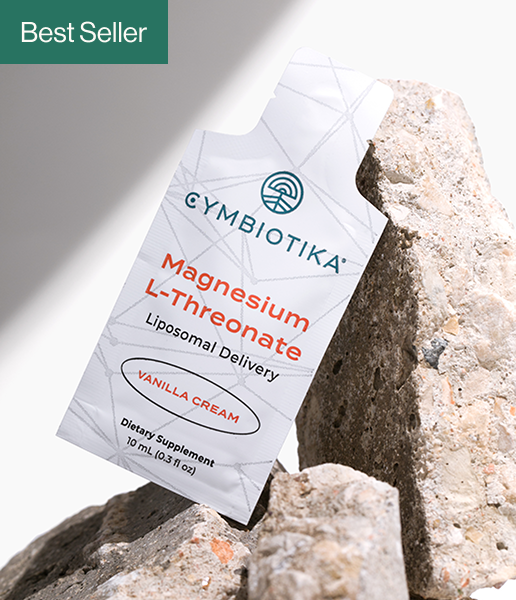
POLYSACCHARIDES
Derived from Seaweed
“Seaweed is a famous delicacy in some parts of Asia and also a well-known source of important food hydrocolloids, such as agar, alginates, and carrageenan. In addition to the food value of seaweed, several health benefits have also been reported to be present in this valuable food source. It is presumed that the unique features of the marine environment, where the seaweeds are grown, are mainly responsible for most of its properties. Among the functional effects of the seaweed, nutritional and health-related benefits have been widely studied. Compared to the terrestrial plants and animal-based foods, seaweed is rich in some health-promoting molecules and materials such as, dietary fiber, ω-3 fatty acids, essential amino acids, and vitamins A, B, C, and E.”(2)
In recent years, significant developments have been made in algae-based polymers (commonly called polysaccharides), and in biomedical applications such as drug delivery, wound dressings, and tissue engineering. The structure and chemical modification of algal polymers, as well as the biological properties of these materials – including antithrombotic, anti-inflammatory, anticoagulant, and antiviral aspects. (1)
“Seaweed polysaccharide fiber in the diet has shown to be effective in suppressing inflammation in the stomach and reducing the risk of gastroduodenal ulcers. Most of the soluble types of fiber in algae help to develop a viscous layer next to the epithelial margin of the upper digestive tract displaying a protective and coating effect against the digestive enzymes and low pH environment. Therefore, the chances of inflammation of the epithelial layer either by chemicals or pathogenic microorganisms are minimized. In addition, some seaweed dietary fiber contributes to regenerate the damaged mucous membrane. Clinical trials showed that sodium alginate promotes the regeneration of mucous membrane in the stomach, suppresses inflammation, and eradicates colonies of Helicobacter pylori in the mucous membrane (Khotimchenko et al., 2001).” (2)
Other than the reparative and sheathing effects of these polysaccharides, some agaro-oligosaccharides suppressed the production of proinflammatory cytokines and enzymes associated with the production of nitric oxide in the tissues of the digestive tract, controlling the inflammatory reactions at cellular level (Enoki et al., 2003). (2)
“Bioactive polysaccharides:
Fucoidans are a group of seaweed polysaccharides that demonstrate a myriad of bioactive properties including antioxidant and anticarcinogenic activities. Fucoidans were encapsulated in PC liposomes and immunomodulatory and anticancer activities were studied. Compared to free fucoidan, a small extent of enhancement was observed in the anticarcinogenic activity of liposomal fucoidan when multiple cell lines were tested (Qadir et al., 2008).”
“Seaweeds are important marine organisms and their commercial applications date back to ancient times. In China, where homology of medicine and food has been recognized over 2000 years, the health benefits of seaweeds were recognized in ancient medicinal books such as Sheng Nong’s Herbal Classic, Supplementary Records of Famous Physicians, Marine Herbal, and Compendium of Materia Medica (Xia and Abbott, 1987). According to a famous legend, 2200 years ago, the first Chinese emperor Qin Shi Huang wished to live forever and was searching for drugs to achieve this objective. Based on a folk story, he heard that people in a Pacific island lived a long life because of a magic drug. He then sent a convoy led by Xu Fu to search for this drug. It then became clear that this wonder drug was actually Saccharina japonica, which is a native seaweed in Japanese waters and consumed as a regular part of the diet. In the following dynasties after Emperor Qin’s death, this particular seaweed became a regular part of presents given to Chinese courts by their Japanese and Korean neighbors.
1. The dietary fibers in seaweeds can help prevent constipation, detoxify the digestive system, and prevent colon cancer.
2. The seaweed polysaccharides can reduce hematic fat level and prevent hardening of the arteries. It has been shown that blood cholesterol level was reduced after the addition of seaweed polysaccharide in the diet, with a corresponding reduction in the occurrence of arteriosclerosis. The minerals, carotene, and vitamin in seaweeds can reduce the deposition of fat on blood capillary.
3. Reduction of blood sugar.
It has been shown that after taking seaweed polysaccharide for 6 weeks, blood sugar level reduced by 27%. 24% diabetic patients reached normal blood sugar level and another 48% showed positive improvement.
4. Reduction of blood pressure.
The rich potassium content in Undaria pinnatifida and S. japonica is responsible for blood pressure reduction. In these seaweeds, the content of potassium alginate is as high as 5%. The mannitol content in seaweed is known as diuretics. In addition to reducing the blood pressure, it has repercussive functions. Fig. 6.1 shows mannitol on the surface of seaweeds.
5. Removal of lead and radioactive elements.
Seaweed biomass can absorb a large quantity of heavy metal ions. In particular, alginic acid has a strong binding to lead ions and is known to be able to absorb radioactive elements. Sodium alginate was approved for use as a food additive for lead removal in 1997 by the Chinese Health Ministry.
6. Alkaline food with high calcium content. As an alkaline food, seaweed can help adjust the body pH level. With their rich iron and calcium contents, they can help prevent stomach cancer and intestinal cancer.” (4)










